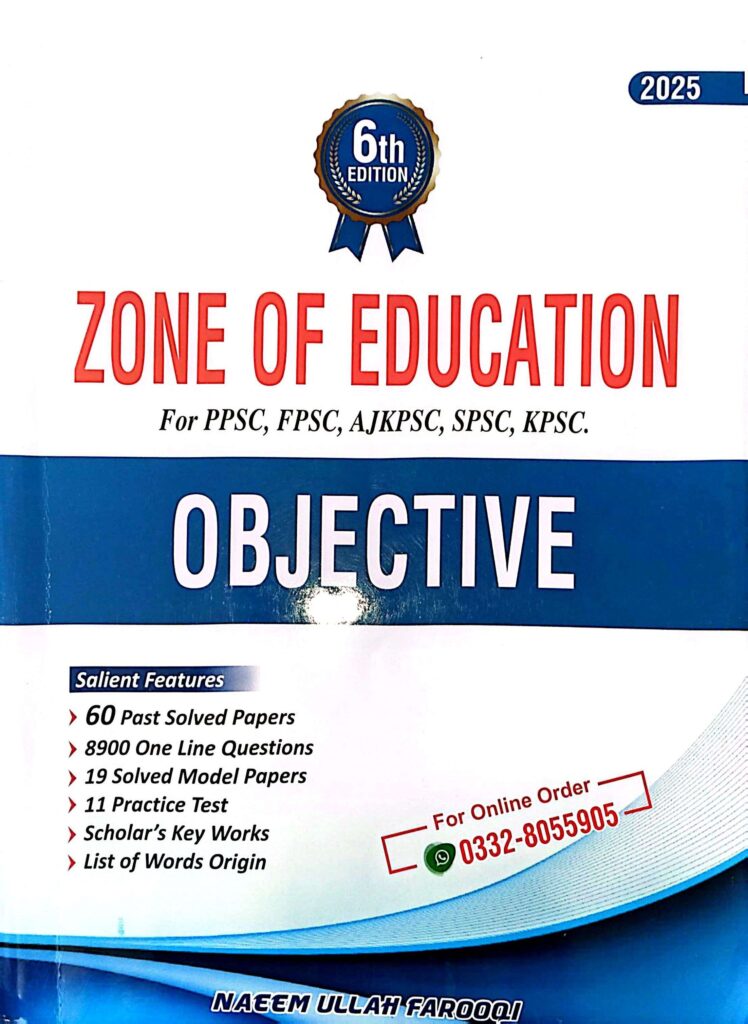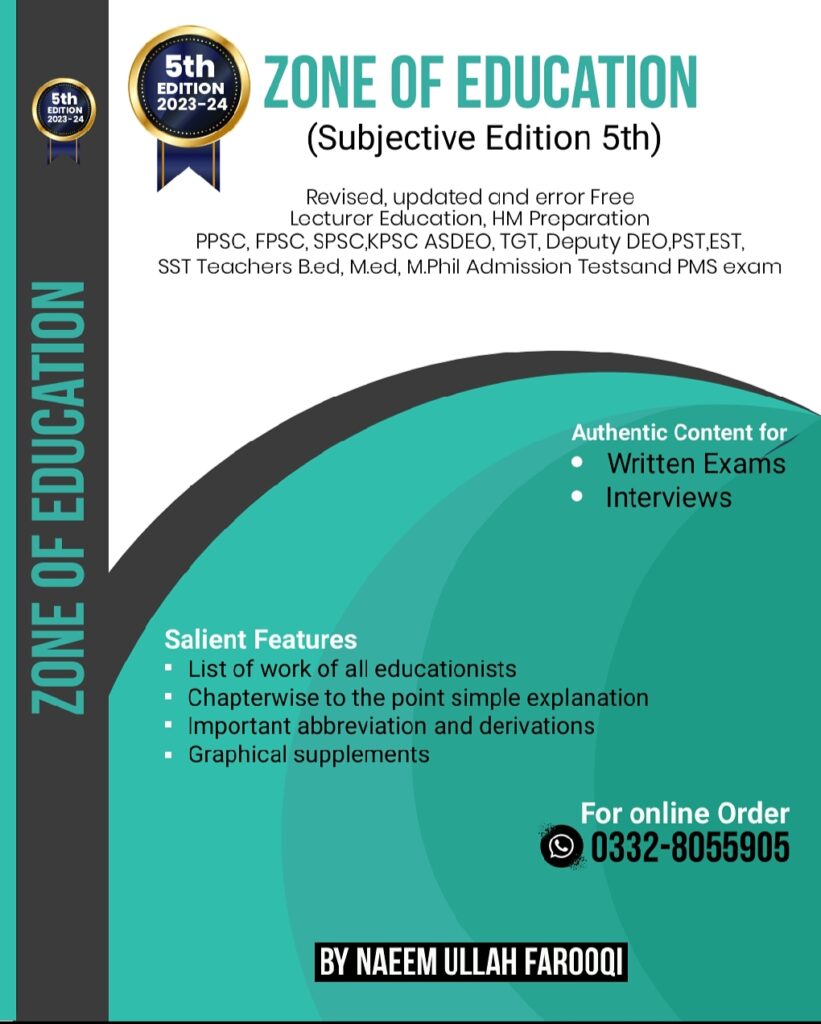Educational Research
.33.What is most correct about the necessary conditions that are conducive to the formulation of a hypothesis?
· (a) Richness of the researcher’s background knowledge
· (b) Researcher’s creative imagination
· (c) Analogy and consultations with experts and the guide
· (d) All of these
34.What is irrelevant in the context of the criteria of acceptable hypothesis?
· (a) A hypothesis should be clearly and precisely stated
· (b) A hypothesis should state the expected relationship between the variables
· (c) A hypothesis should be such that it can be proved
· (d) A hypothesis should be testable
36.What is irrelevant in the context of the feasibility consideration of a research problem?
· (a) Researcher’s competencies
· (b) Researcher’s interest and enthusiasm
· (c) Supervisor’s willingness, if he is required to guide the research work
· (d) Researcher’s financial, time, and energy resources
38. To define a problem does not mean:
· (a) To give its standard meaning and definition as understood universally
· (b) To put a fence around it
· (c) To specify it in detail and with precision
· (d) To specify and state questions and subordinate questions to be answered
39. Which is the correct sequence of the steps in educational research?
(Data Collection = 1, Formulation of hypothesis = 2, Selection of the problem = 3, Methodology = 4, Analysis and interpretation of data = 5, Reporting the results = 6)
· (a) 1, 3, 2, 5, 6, 4
· (b) 3, 2, 5, 1, 6, 4
· (c) 3, 2, 4, 1, 6, 5
· (d) 3, 2, 4, 1, 5, 6
41. Which of the following is NOT an example of projective tests?
· (a) TAT
· (b) Rorschach Test
· (c) Draw-a-Man Test
· (d) MMPI
46. Which is the best format to use if content and material gathered for a certain number of students by different interviews have to be compared in a piece of research?
· (a) Projective
· (b) Structured
· (c) Unstructured
· (d) Analytical
48. What is not true about the F-test?
· (a) Underlying population distribution should have a particular shape
· (b) Underlying population must be normally distributed
· (c) The data to be analyzed should be in the form of the units of the internal scale
· (d) The numerator and denominator of the F-ratio must be correlated
49. What can increase the power of a statistical test?
· (a) Decreasing the size of the sample
· (b) Avoiding the use of the null hypothesis
· (c) Designing for small error effects
· (d) Avoiding random sampling
· 50. Which is not the effective way of controlling a nuisance variable in an experimental design?
· (a) Excluding the variable as one of the factors in the experiment
(b) Exercising statistical control
(c) Random assignment of subjects
(d) Holding the nuisance variable constant for all subjects
· Answer: (a) Excluding the variable as one of the factors in the experiment
· 51. What is the importance of the correlation coefficient?
(a) The fact that there is a linear relationship between the correlated variables
(b) The fact that it is one of the most valid measures of education
(c) The fact that it allows one to determine the degree or strength of the association between two variables
(d) The fact that it is a non-parametric method of statistical analysis
· Answer: (c) The fact that it allows one to determine the degree or strength of the association between two variables
· 52. Which will be the most appropriate method of statistical analysis if a researcher wants to know how much contribution a JRF-test makes to the overall success of the candidates?
(a) F-test
(b) Linear regression method
(c) t-test
(d) Product-moment correlation
· Answer: (b) Linear regression method
· 53. What does the validity of a psychological test mean?
(a) The test measures certain predetermined values
(b) The test measures something consistently
(c) The test measures what it purports to measure
(d) The test yields scores that are stable
· Answer: (c) The test measures what it purports to measure
54. Which is the most objective psychological tool?
(a) Thematic Apperception Test
(b) Rorschach Test
(c) Interviews
(d) Intelligence test
· Answer: (d) Intelligence test
· 55. A set of questions asked and filled in by the interviewer in a face-to-face situation with another person is called:
(a) A schedule
(b) A checklist
(c) A questionnaire
(d) An opinionnaire
56. When is type-I error increased?
(a) When alpha-level decreases
(b) When alpha-level increases
(c) When the sample size increases
(d) When the sample size decreases
57. Sampling results into:
(a) Greater accuracy
(b) Reduced cost and time
(c) Control of extraneous variables
(d) High precision
Answer: (b) Reduced cost and time
58. Which is the most important characteristic of the survey method of research?
(a) It relies on a small sample
(b) It studies characteristics of a group instead of an individual
(c) It aims at developing some theory or the scientific laws
(d) It focuses on studying the cause-effect relationship between variables
Answer: (b) It studies characteristics of a group instead of an individual
59. What consideration does a rating procedure involve?
(a) The trait to be rated
(b) The continuum on which the rating is to be done
(c) The persons who will do the rating
(d) All of the above
· Answer: (d) All of the above
60. To which are the concepts of internal and external criticisms associated?
(a) Validity of experimental designs of research
(b) Descriptive research
(c) Historical research
(d) Literary research
JOIN ZONE OF EDUCATIONPK!
Discover the most comprehensive and reliable pedagogy resources in Pakistan, curated for competitive exam success. Our content covers all competitive exam MCQs, including PPSC, FPSC, AJKPSC, SPSC, and more. Designed to empower learners with top-notch material and insights, trust us for your preparation journey!


